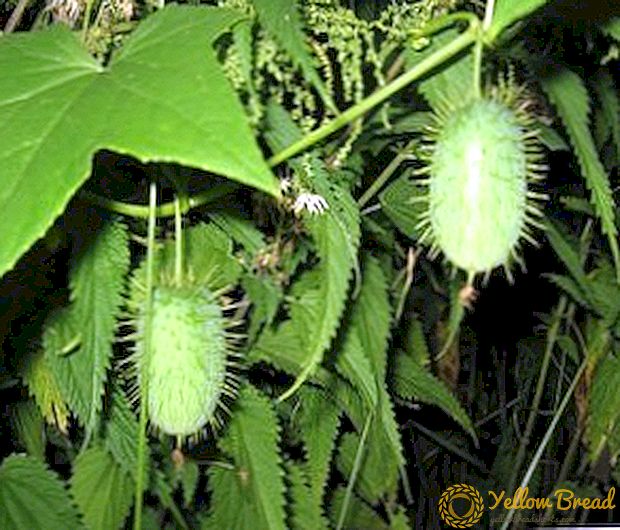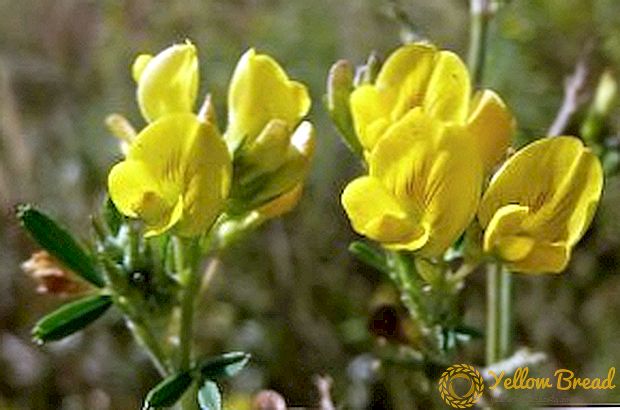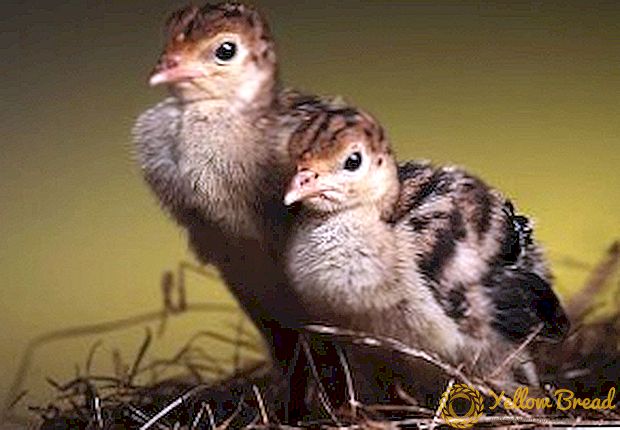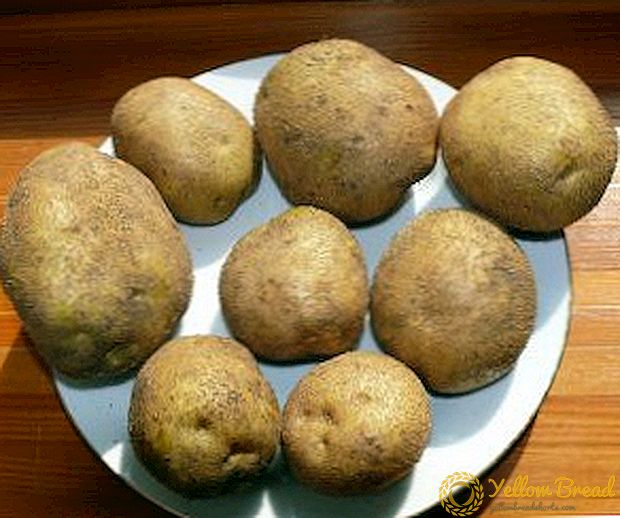 Echinocystis - a curious plant, some people perceive it as a weed, throwing all its strength against it, while others grow it purposefully, for decorative purposes.
Echinocystis - a curious plant, some people perceive it as a weed, throwing all its strength against it, while others grow it purposefully, for decorative purposes.
A stranger who arrived in our lands from Eastern Canada and America successfully mastered our territories and earned a lot of names, the most common of which are prickly fruit, bladder blackberry, spiny cucumber, shooting ivy and others.
- Description
- Planting and growing
- Breeding
- Care
- Diseases and pests
- Possible difficulties
- Application in landscape design
Description
The one-year plant represents the genus Echinocystis in a single genus; Pumpkin family. The plant got its name by adding two Latin words: “echinos” - hedgehog, “cystis” - bubble or ball.

Echinocystis is essentially fast growing liana which can reach the 8-10-meter mark. Root - superficial, structure - fibrous.Kolyucheplodnik equally well grows in length and sideways. This feature is used in landscape design to disguise unsightly places, because if there is no vertical support next to it, on which he must climb, he begins to braid everything around.

Gherkin - this monoecious plant in which there are sex flowers, small and not very interesting in appearance. Male flowers are small, collected in the inflorescences in the form of a candle. Female flowers are single, larger in size, lower in height than male ones, in the axils of the leaves. Echinocystis is pollinated with insects and wind (a light breeze is enough for the pollen from male flowers to fly to female flowers). Depending on the region, flowering begins from the end of May to September.

Planting and growing
How funny it would not have been, but Echinocysts may appear on your site without your intervention. It is enough that a given culture appears within a radius of 5-10 km, and you can give it to animals, birds or travelers can bring prickly pear seed on their boots.
When the earth warms up in the spring, a sprout consisting of two cotyledons on a thickened stem is selected. After two or three days, the stem is pulled out and begins to cling to the support with its thin mustache.
Breeding
Breeding prickly seeds. In late autumn, before the winter, two seeds are sown in the wells located at a distance of 80-100 cm from each other. Seeds can not drip, rather deepen, stepping on them. In the spring, if necessary, should be thinned out. 
Well, if you, willy-nilly or unwittingly, have already acquired this crop, then you need to know that since the seed boxes do not ripen amicably and more often the plant propagates by self-sowing, in the spring it is necessary to remove all excess shoots.
Care
Absolutely unpretentious plant. Loves loose wet land. He needs top dressing only on salt marshes, growing on black soil, does not need additional top dressing. Prickly cucumber as such does not require care, except that only in a dry summer - in the form of additional watering. 
Diseases and pests
It was not observed that echinocystis is exposed to diseases or of interest to pests.
Possible difficulties
The plant does not tolerate acidic soils and shaded places: the stem is drawn out, the mass of leaves are poorly formed, does not bloom.

Application in landscape design
In landscape design, the plant is used not so long ago, showing amazing results in vertical gardening. In one and a half or two months, Echinocystis is able to create a beautiful hedge, decorate the necessary places, and create a green vertical wall.
In the event that there are no necessary supports, and the plant is very like it, it can be used as a soil cover, one plant can capture up to 8 square meters. meters of land.
Prickly cucumber fell in love with many beekeepers, as it is a good honey plant. Honey from it, though not different color, but very fragrant and pleasant to taste.






